Any links to online stores should be assumed to be affiliates. The company or PR agency provides all or most review samples. They have no control over my content, and I provide my honest opinion.
I have recently covered several smart home products, and many of these use the Zigbee communication protocol. There is also the Z-Wave which I have covered extensively in the past, and then you have Thread which is an up-and-coming protocol. It can get confusing what the difference is between these technologies and which is best, and what the difference is.
In this guide, I will cover the differences between Z-Wave vs Zigbee and their pros and cons.
Z-Wave and Zigbee both use mesh networking, where multiple devices can communicate with each other, and the data packets are relayed from one device to another. However, there are some differences between the two that can affect their performance and usability.
Z-Wave
Z-Wave is a proprietary wireless communication protocol developed by Zensys (now acquired by Silicon Labs). It operates on the 908.42 MHz frequency band, which is less congested compared to other wireless protocols. Z-Wave uses a mesh network topology, which means that each device in the network can act as a repeater, relaying signals to other devices. This allows for better coverage and reliability in larger networks.
Pros
- Interference-Free: Z-Wave operates on a dedicated frequency band, which means there’s no interference from other wireless signals such as Wi-Fi, Bluetooth, or Zigbee.
- Range: Z-Wave has a longer range than Zigbee, making it a better choice for larger homes or buildings.
- Security: Z-Wave uses AES 128-bit encryption, making it a secure communication protocol for smart home devices.
- Less power-hungry: Z-Wave devices use less power than Zigbee devices, which means they can last longer on batteries.
Cons
- Proprietary: Z-Wave is a proprietary technology, which means that only devices with a Z-Wave chip can communicate with each other. This can limit device choices and increase costs.
- Limited bandwidth: Z-Wave has a lower bandwidth compared to other wireless protocols, which means it can’t support high-bandwidth applications like video streaming.
- Cost: Z-Wave devices tend to be more expensive than Zigbee devices.
Zigbee
Zigbee is an open wireless communication protocol developed by the Zigbee Alliance. It operates on the 2.4 GHz frequency band, which is the same as Wi-Fi and Bluetooth. Zigbee uses a mesh network topology, which allows for better coverage and reliability in larger networks.
Pros
- Open protocol: Zigbee is an open protocol, which means that it’s not limited to a single manufacturer. This allows for more device choices and better interoperability.
- Lower cost: Zigbee devices tend to be less expensive than Z-Wave devices, making it a more affordable option.
- Bandwidth: Zigbee has a higher bandwidth than Z-Wave, making it capable of supporting high-bandwidth applications like video streaming.
- Scalability: Zigbee can support a larger number of devices in a single network compared to Z-Wave.
Cons
- Interference: Zigbee operates on the same frequency band as Wi-Fi and Bluetooth, which means that there may be interference from other wireless signals.
- Security: Zigbee uses weaker encryption compared to Z-Wave, making it less secure.
- Power consumption: Zigbee devices tend to use more power than Z-Wave devices, which means they may need more frequent battery replacements.
- Range: Zigbee has a shorter range compared to Z-Wave, making it less suitable for larger homes or buildings.
Overall
When it comes to choosing between Z-Wave vs Zigbee, there’s no clear winner. Both protocols have their strengths and weaknesses, and the choice ultimately depends on the specific use case and personal preferences. If security is a top priority, Z-Wave may be the better choice. If cost and interoperability are important, Zigbee may be the way to go.
I’d argue that Zigbee is the logical option to choose for most buyers. Cost and interoperability are going to be big selling points for home users and I think Aqara and SmartThings are a superb choices for home automation systems. Zigbee then uses the same 2.4 GHz frequency as the upcoming Thread standard and brands like Aqara will roll this out to their devices. Thread is marketed as a next-gen standard that will significantly improve smart homes and it is a free-to-use protocol.
Originally posted on mightygadget.com – Follow on Twitter – Instagram – Facebook – Mighty Gadget Latest Reviews
[wpcode id=”676000″]
I am James, a UK-based tech enthusiast and the Editor and Owner of Mighty Gadget, which I’ve proudly run since 2007. Passionate about all things technology, my expertise spans from computers and networking to mobile, wearables, and smart home devices.
As a fitness fanatic who loves running and cycling, I also have a keen interest in fitness-related technology, and I take every opportunity to cover this niche on my blog. My diverse interests allow me to bring a unique perspective to tech blogging, merging lifestyle, fitness, and the latest tech trends.
In my academic pursuits, I earned a BSc in Information Systems Design from UCLAN, before advancing my learning with a Master’s Degree in Computing. This advanced study also included Cisco CCNA accreditation, further demonstrating my commitment to understanding and staying ahead of the technology curve.
I’m proud to share that Vuelio has consistently ranked Mighty Gadget as one of the top technology blogs in the UK. With my dedication to technology and drive to share my insights, I aim to continue providing my readers with engaging and informative content.

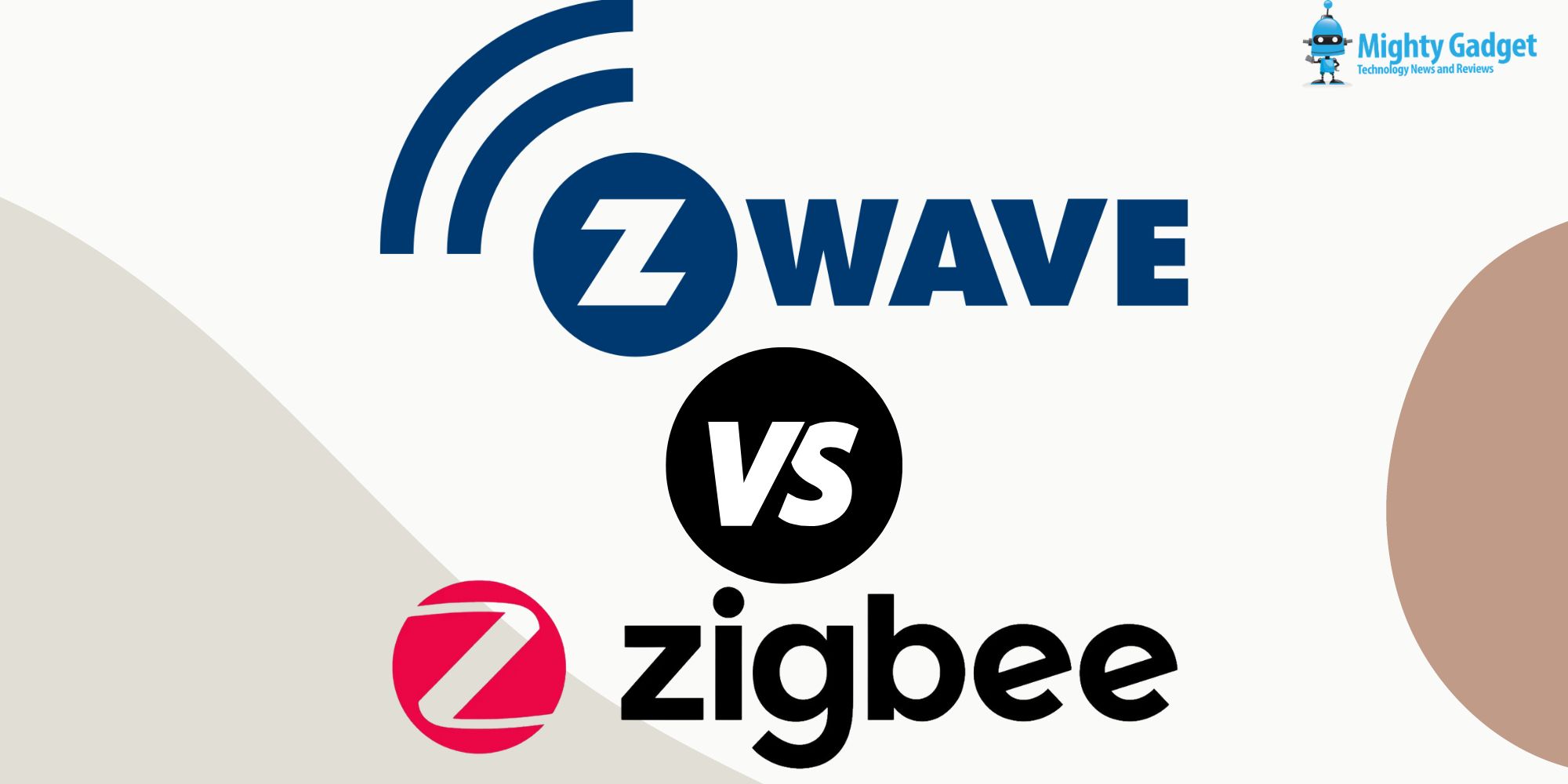
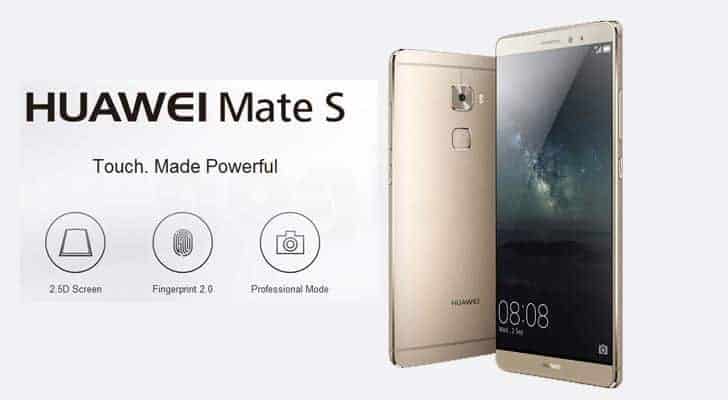
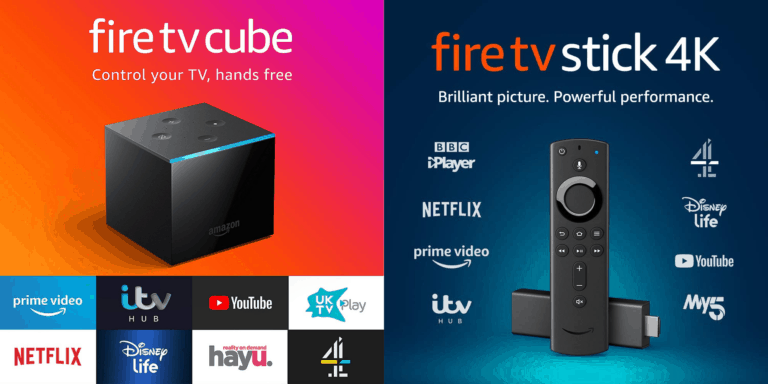
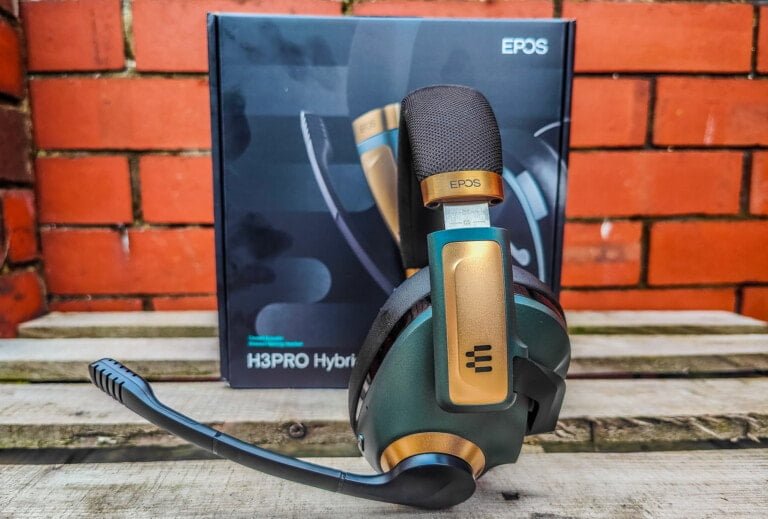

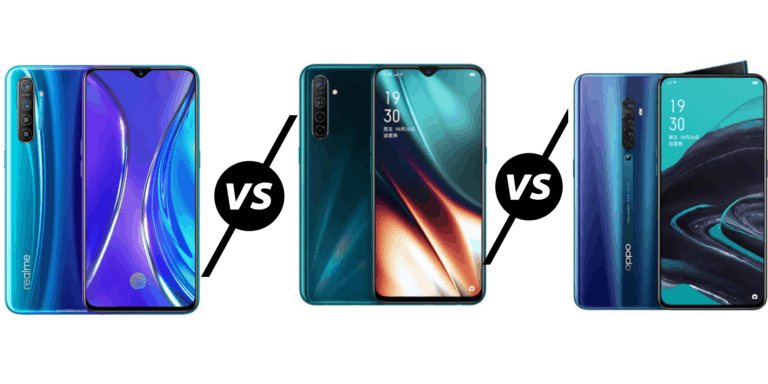
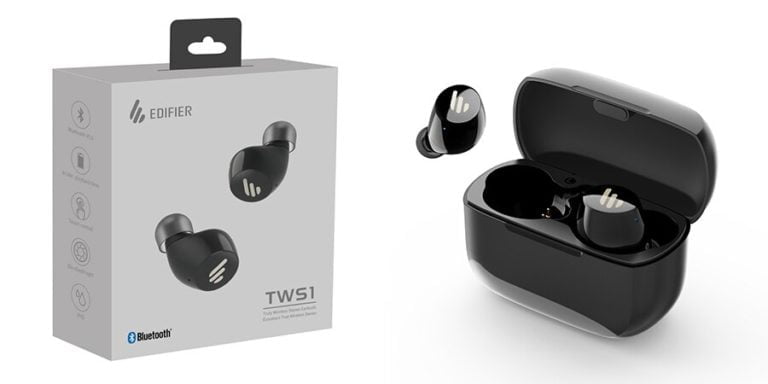
Wasn’t z-wave supposed to be made open source as of a year or two ago?